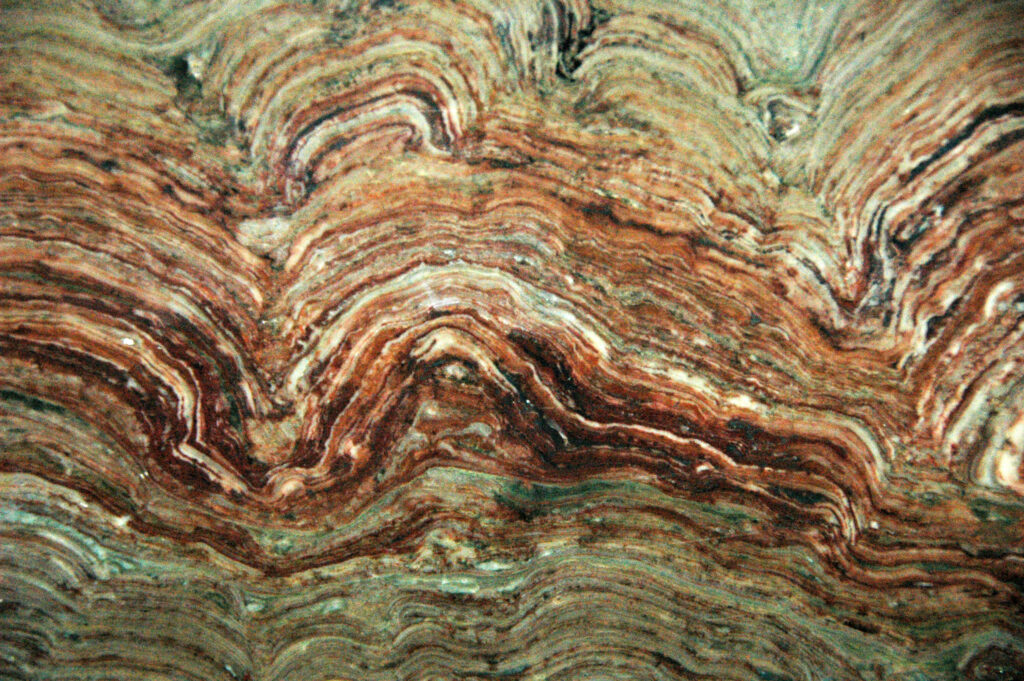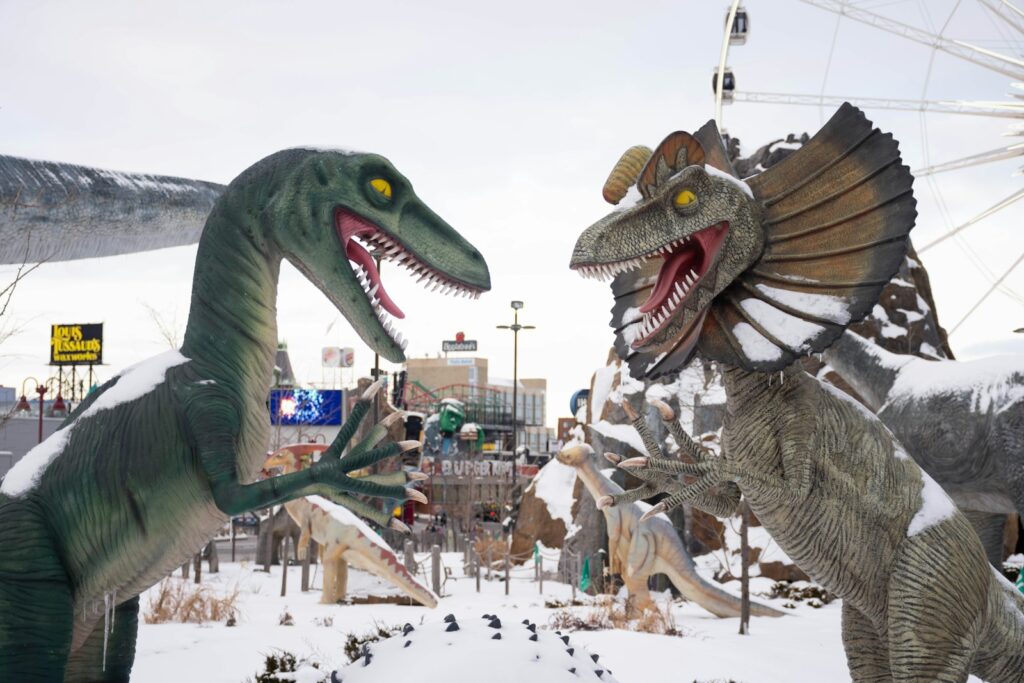5 Animals That Died Out Recently Enough to Clone—If We Dare
Imagine walking through a forest and stumbling upon a creature that shouldn’t exist. Its DNA is perfectly preserved, its cells still viable, and with today’s technology, we could bring it back from extinction. This isn’t science fiction—it’s the reality we face with several species that vanished so recently their genetic blueprints remain intact. The question ...











